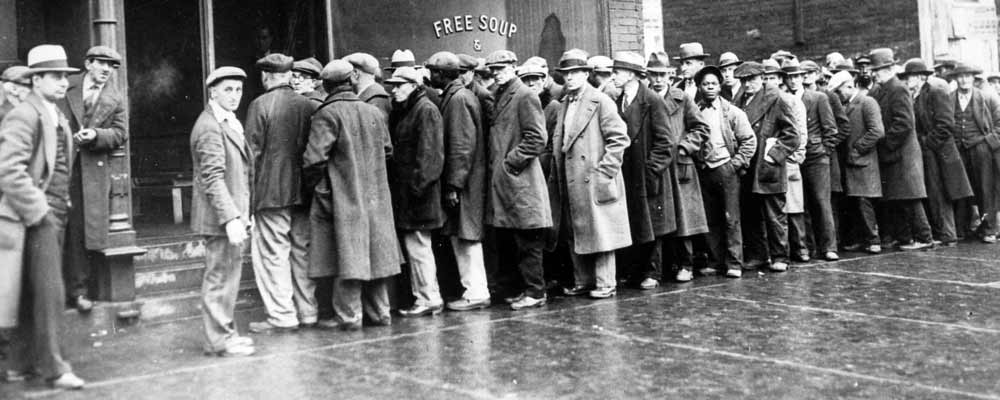The markets plunged on President Donald Trump’s announcement on tariffs.
It’s not that the initial announcement by itself was going to derail our economy. But investors have focused on the threat of a looming trade war.
There’s another elephant in the room, though, that many seem to avoid discussing when highlighting the risks of tariffs.
And it doesn’t even require other nations to retaliate.
I’m talking about the nation’s debt.
Sitting at $20.85 trillion and climbing, it is at an astronomical level that will be a force to reckon with some day.
No one right now has a rational plan to deal with it — and that’s a problem.
What we do know is that the trickle-down effects of protectionist policies like tariffs will upend the U.S. economy as we know it.
Here’s how it works.
Announcement on Tariffs
All tariffs start with the right frame of mind: to protect jobs, and hit back at countries that are manipulating prices — either through cheap labor or other actions.
Now, many, possibly including Trump, would argue that this is exactly what the U.S. should do. That the U.S. is strong enough to stand on its own.
And that is true.
The Elephant in the Room
But this is where the elephant in the room of government debt comes up.
Tariffs do one thing for certain — increase prices.
By nature, if we charge more for countries to export us raw goods, it means final products will see price increases. Higher costs will always hit the consumer.
Higher prices lead to an increase in inflation, because inflation, by definition, is the fall in the purchasing value of money.
Inflation rises because prices are rising.
The Federal Reserve is a tool to combat inflation. One of its mandates is to keep prices relatively stable. In order to do this, the Fed is able to manipulate interest rates.
A Relationship of Opposites
Think of this relationship as opposites.
To subdue inflation, the Fed will raise rates. With lower interest rates, the Fed is trying to spark inflation.
Right now, the Fed is in the middle of an interest-rate hike cycle. It is doing this because it sees inflationary pressures in the market.
The problem comes if we follow through with tariffs.
With those inflationary pressures that are already present, like an economy at full employment that just got a tax cut, we’ll see higher prices for practically every good we use.
The Fed’s response will be to increase rates higher and more quickly.
So, what’s so bad about higher interest rates?
Our debt.
The Repercussions of Tariffs
The government’s more than $20 trillion in debt is rolled over every three to four years to new bonds. That means what was once locked in near-zero interest rates will now be rolled into higher rates. This means the U.S. government will begin paying much, much more for its debt obligations.
It currently pays about $223 billion in interest payments — which is a substantial amount.
But if interest rates continue to climb, and get back to a level that was considered normal for the last three decades, we’ll find ourselves paying $825 billion in interest by 2020. That’s more than the recently boosted defense spending of $700 billion, about the same as Social Security obligations and half the amount of all personal income taxes the government receives in a year.
These are mind-blowing statistics.
And this is a rational expectation.
It likely will be worse.
This isn’t a hidden risk, either. Trump knows the repercussions of broad tariffs, and I think the original announcement will get tweaked drastically before it is signed.
Trump’s Greatest Asset
Trump, I hope, uses his business instincts to leverage the greatest asset he has ever had — the U.S. economy.
He is going to look to scare other countries by coming off as serious about tariffs, and use that leverage to push those countries into better trade deals.
That is a positive outcome from all of this.
If no one negotiates with him, though, and Trump follows through with steep, broad-reaching tariffs, other countries will retaliate, and the markets will remain volatile.
A sell-off on the news is likely, but then stocks will rebound.
The rebound will come as there isn’t a change in the data from the tariffs for a while. The tariffs have to find their way through fixed contracts and such before we see prices rise.
But once the data starts to show a rise in prices is hitting the economy, likely a year or so after the tariffs, that’s when the real panic will set in.
I’ll let you know to get out long before then if that is the case.
For now, let’s wait and see where the dust settles.
Regards,

Chad Shoop, CMT
Editor, Automatic Profits Alert



